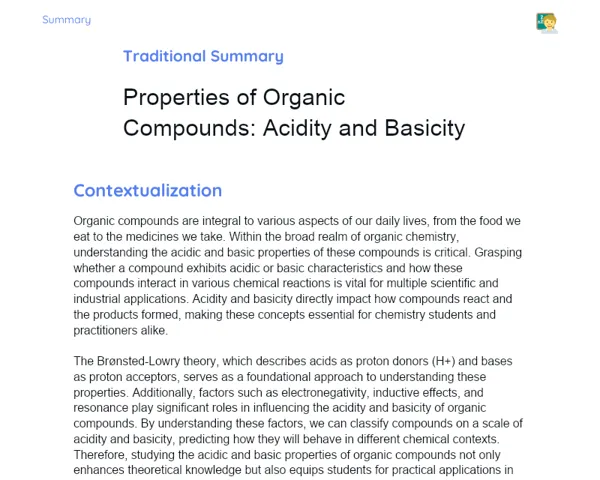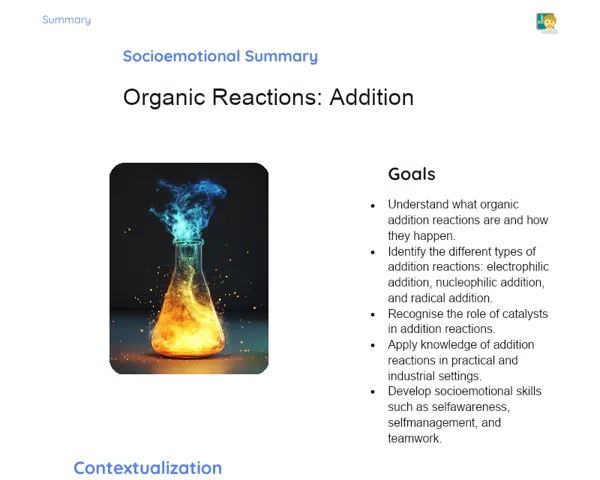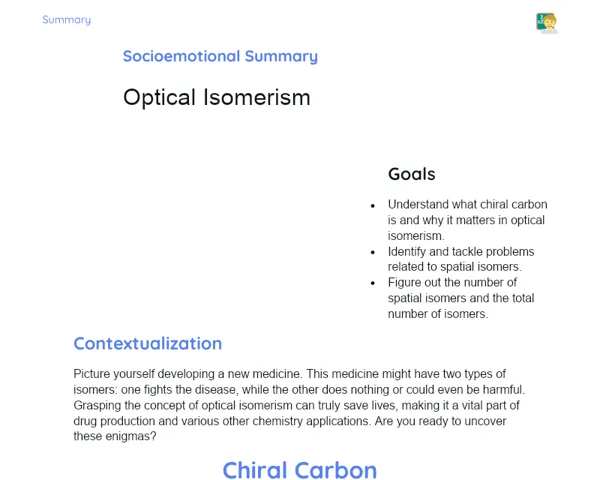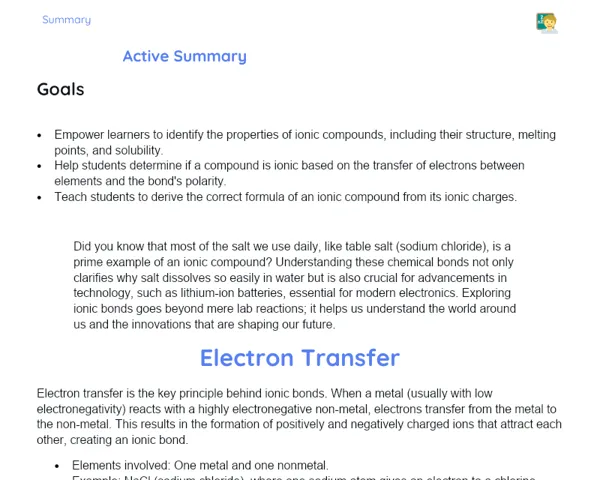Goals
1. Get to grips with the definition of atomic mass and why it matters in chemistry.
2. Learn how to calculate the average atomic mass of an element using its isotopes.
3. Enhance analytical skills through hands-on calculations related to atomic masses.
4. Foster critical thinking in real-world and industrial situations where atomic mass plays a role.
Contextualization
Atoms are the essential building blocks of everything around us. Grasping the concept of atomic mass is key to understanding how chemical reactions take place, how medications are formulated, and how new materials are crafted. The atomic mass of an element, which represents the weighted average of the masses of its isotopes, is vital information used daily in labs and industries worldwide. For instance, in the pharmaceutical sector, the right dosage of medicines relies on a clear understanding of the atomic mass of the elements involved. In materials engineering, crafting metal alloys with specific features demands in-depth knowledge of the atomic masses of its constituents.
Subject Relevance
To Remember!
Understanding Atomic Mass
The atomic mass of an element is the weighted average of the masses of all its natural isotopes, factoring in the relative abundance of each isotope. This value is fundamental for comprehending how elements behave in reactions and industrial processes.
-
Atomic mass is measured in atomic mass units (u).
-
Different isotopes of an element carry different masses owing to their varying neutron counts.
-
The weighted average considers how common each isotope is.
Isotopes Explained
Isotopes are atoms of the same element with the same number of protons but differing numbers of neutrons, leading to variations in mass. They are crucial for chemistry studies and various industrial applications.
-
Isotopes share similar chemical properties but differ in mass.
-
The natural abundance of isotopes can change, influencing the element's average atomic mass.
-
Isotopes may be stable or radioactive.
Calculating Average Atomic Mass
To calculate the average atomic mass of an element, you consider the masses and relative abundances of its isotopes. This calculation is essential for accuracy in various chemical and industrial applications.
-
The formula for average atomic mass is: (mass of isotope 1 * abundance) + (mass of isotope 2 * abundance) + ...
-
It’s vital to know both the mass and the relative abundance of each isotope.
-
Precision in this calculation is crucial for practical uses.
Practical Applications
-
In the pharmaceutical industry, a precise grasp of atomic mass is crucial for accurate medication dosages, ensuring their effectiveness and safety.
-
In materials engineering, average atomic mass calculations are used to create metal alloys with specific properties such as strength and durability.
-
In agrochemistry, understanding atomic mass facilitates the formulation of more effective fertilizers and pesticides, boosting agricultural production.
Key Terms
-
Atomic Mass: The weighted average of an element's isotopes' masses, considering their relative abundances.
-
Isotopes: Atoms of the same element that have the same number of protons but different numbers of neutrons.
-
Atomic Mass Unit (u): A unit used to express atomic and molecular masses.
Questions for Reflections
-
How does precision in atomic mass calculations affect the production of medications and ensure patient safety?
-
In what ways does a deeper understanding of atomic mass shape the development of new materials in engineering?
-
Why is it important to consider the relative abundance of isotopes when calculating an element's average atomic mass?
Final Challenge: Calculating Average Atomic Mass
To reinforce your understanding of atomic mass and isotopes, calculate the average atomic mass of a fictional element using the data given.
Instructions
-
Select a fictional element and give it three isotopes with varying atomic masses and relative abundances.
-
Utilise the formula to calculate the average atomic mass: (mass of isotope 1 * abundance) + (mass of isotope 2 * abundance) + (mass of isotope 3 * abundance).
-
Compare your result with the atomic masses of real elements from the periodic table to gauge your calculation's precision.
-
Draft a brief report detailing the steps you undertook and the results you arrived at.



